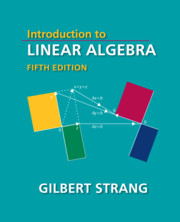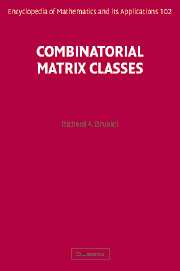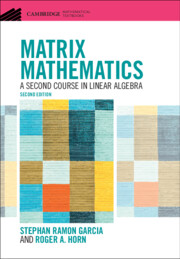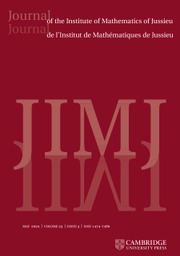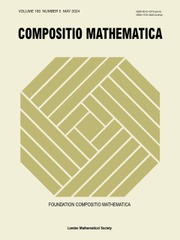Essays in Linear Algebra
The renowned mathematician and educator Gilbert Strang presents a collection of expository papers on the theory and applications of linear algebra, accompanied by video lectures on http://ocw.mit.edu. The essays are diverse in scope and range from purely theoretical studies on deep fundamental principles of matrix algebra to discussions on the teaching of calculus and an examination of the mathematical foundations of aspects of computational engineering. One thing these essays have in common is the way that they express both the importance and the beauty of the subject, as well as the author's passion for mathematics. This text will be of practical use to students and researchers across a whole spectrum of numerate disciplines. Furthermore, this collection provides a unique perspective on mathematics and the communication thereof as a human endeavour, complemented as these essays are by commentary from the author regarding their provenance and the reaction to them.
- The essays cover a wide variety of topics in linear algebra
- The essays are accompanied by author's commentary
- Video lectures at http://ocw.mit.edu complement the text
Reviews & endorsements
'… this delightful book is a most welcome addition to the library of any mathematician with an interest in applied linear analysis.' Vicentiu D. Radulescu, Zentralblatt MATH
Product details
April 2012Hardback
9780980232769
340 pages
238 × 198 × 21 mm
0.77kg
Available
Table of Contents
- Part I. Essays in Linear Algebra:
- 1. Perfect bases for the four subspaces
- 2. Four subspaces from a graph
- 3. My favourite matrix
- 4. The ultimate in echelon forms
- 5. Diagonalizing a symmetric matrix
- 6. Pascal's triangle in three matrices
- 7. Can the factors be sparse?
- 8. The eigenvalues of AB + BA
- 9. Factoring into very special matrices
- 10. Toeplitz matrices and circulants
- 11. The joint spectral radius of A and B
- 12. Banded matrices have remarkable inverses
- Part II. Essays in Calculus:
- 13. The fundamental theorem of calculus
- 14. The great function of calculus
- 15. Thin strips and small triangles in calculus
- 16. Chaos in Newton's method
- 17. Optical illusions for y = sin n
- Part III. Essays in Applied Mathematics:
- 18. The principles of applied mathematics
- 19. A minimum equals a maximum
- 20. Aiming directly at the solution
- 21. A chair through a door
- Part IV. Essays in Computational Science:
- 22. Eight cosine transforms
- 23. The ideas behind finite elements
- 24. The Strang–Fix conditions
- 25. Wavelets in music and television
- 26. Scaling functions lead to wavelets
- 27. Old and new splitting methods
- An essay about books
- List of publications
- Index.



